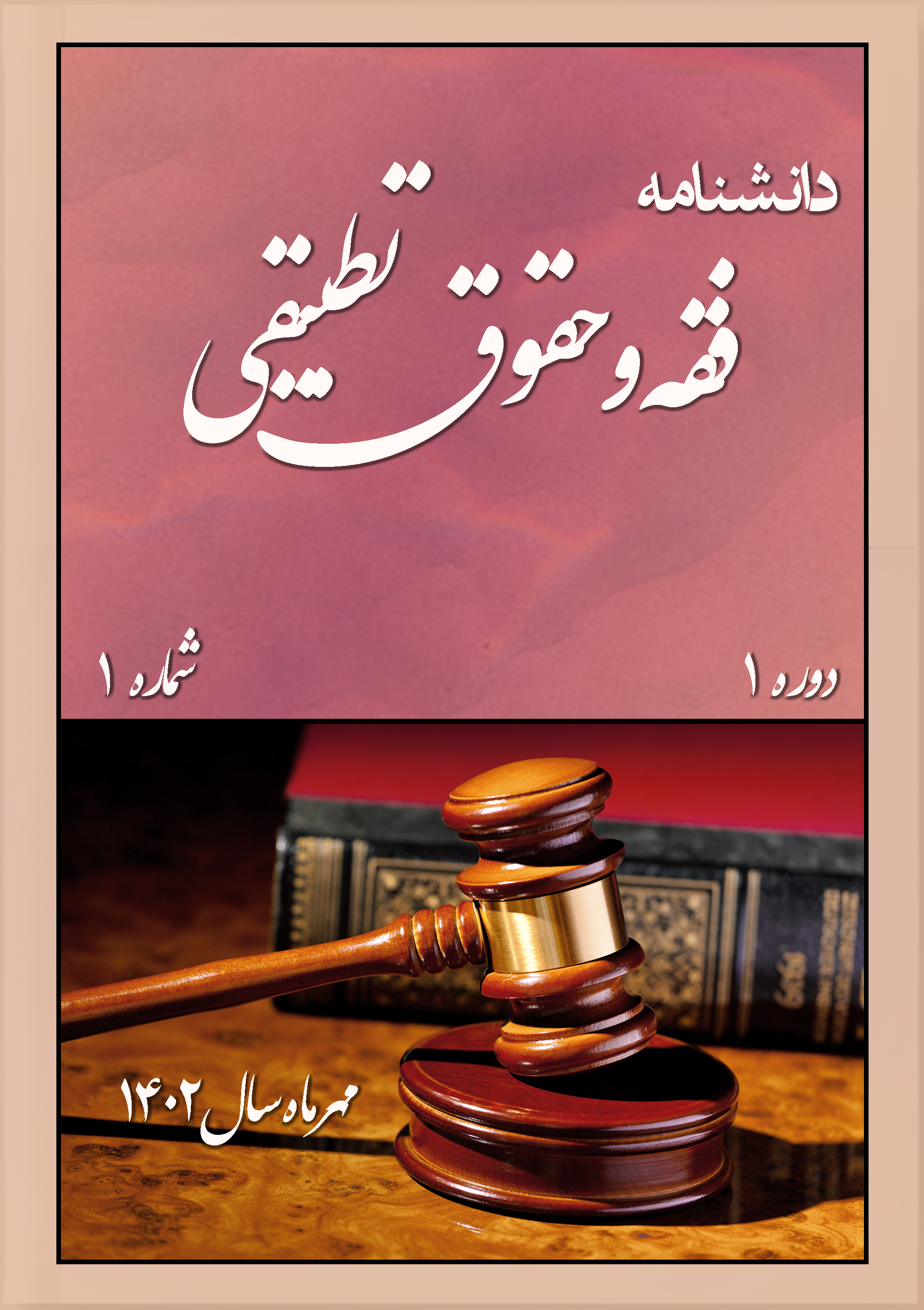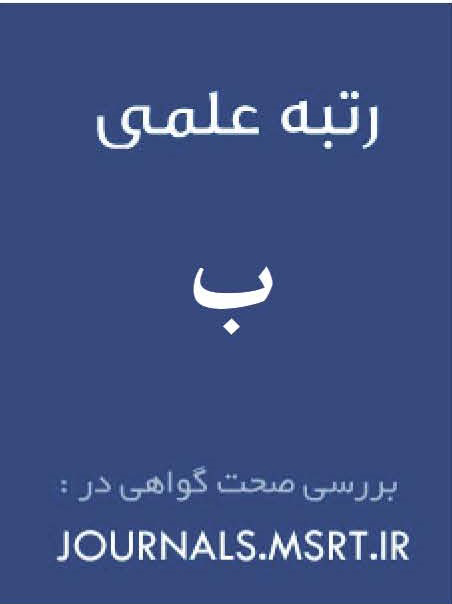مقایسه تطبیقی اثر خواب مصنوعی و مواد مخدر در تغییر نوع قتل (عمد، شبه عمد، خطای محض)
کلمات کلیدی:
خواب مصنوعی, هیپنوتیزم, مواد مخدر, قتل عمد, مسئولیت کیفریچکیده
پژوهش حاضر به بررسی تطبیقی تأثیر خواب مصنوعی (هیپنوتیزم) و مصرف مواد مخدر بر تغییر نوع قتل (عمد، شبهعمد و خطای محض) در نظام حقوق کیفری ایران میپردازد. اهمیت این مطالعه در آن است که هر دو وضعیت، با ایجاد اختلال در آگاهی و اراده فرد، میتوانند طبقهبندی حقوقی قتل را دستخوش تغییر سازند. با توجه به حساسیت موضوع قتل در نظام حقوقی و فقهی ایران و ارتباط آن با عدالت کیفری، ضرورت دارد که ابعاد روانشناختی، نورولوژیک و حقوقی این پدیدهها مورد تحلیل قرار گیرد.این پژوهش به شیوهی توصیفی–تحلیلی و با رویکرد تطبیقی انجام شده است. دادهها از طریق مطالعه منابع فقهی، قوانین کیفری ایران (بهویژه مواد ۱۵۳ و ۲۹۰ قانون مجازات اسلامی)، و یافتههای علوم اعصاب و روانشناسی گردآوری گردیده است. نتایج نشان میدهد که خواب مصنوعی و مواد مخدر هر دو موجب کاهش سطح آگاهی و زوال نسبی یا کامل اراده میشوند. در هیپنوتیزم، به دلیل القای غیرارادی و فقدان قصد مستقل، امکان استناد به ماده ۱۵۳ ق.م.ا برای معافیت کامل از مسئولیت وجود دارد. اما در خصوص مواد مخدر، به دلیل اختیاری بودن مصرف، مسئولیت کیفری غالباً به قوت خود باقی میماند؛ با این حال، در مواردی چون توهم یا مسمومیت شدید، امکان تغییر نوع قتل به شبهعمد یا خطای محض فراهم است. تفاوت اساسی آن است که خواب مصنوعی بیشتر جنبه علمی–درمانی دارد، در حالی که مصرف مواد مخدر با پیامدهای اجتماعی، اعتیاد و بزهکاری گسترده گره خورده است.یافتهها بیانگر آن است که حقوق کیفری ایران در برابر خواب مصنوعی رویکردی انعطافپذیر و در برابر مواد مخدر سیاستی سختگیرانه اتخاذ کرده است. این تفاوت نشاندهنده تلاش قانونگذار برای ایجاد تعادل میان حمایت از نظم عمومی و رعایت عدالت کیفری است. انجام چنین مطالعاتی میتواند به غنیسازی ادبیات حقوق کیفری و ارتقای رویههای قضایی کمک نماید.
دانلودها
مراجع
Akbari, A. (2014). Review and Critique of the Criminal Policy Governing Narcotic Drugs in Iran.
Akbari, B. (2019). General Criminal Law of Narcotic Drugs.
Amini, H., & Shabani, M. (2019). Involuntary Manslaughter and its Legal Consequences in Iranian Criminal Law.
Barnier, A. J., Dienes, Z., & Mitchell, C. J. (2008). Hypnosis and cognitive neuroscience: Bridging the gap. Consciousness and Cognition, 17(4), 1163-1171.
Bloch, E. (1997). Hypnotism and the Discovery of Crime.
Chavez, M. (2020). Drugs, Sleep, and Crime: A Psychological Analysis.
Copelan, R. (2015). Advanced Hypnosis.
Goldouzian, I. (2013). Commentary on the Islamic Penal Code Based on the Law Approved on 2013/04/21, Including New Concepts and Previous Criminal Laws.
Gorji, A. (2008). Legal Thoughts (Fundamental Concepts of Civil and Criminal Law).
Hashemi, J. (2016). Applied Hypnosis.
Hilgard, E. R. (1992). Divided consciousness: Multiple controls in human thought and action. Wiley.
Karkheiran, M. H. (2013). The Most Complete Collection of Commentary on the Islamic Penal Code Approved 2013/04/21 (Volume I) (Comparison with the Previous Islamic Penal Code).
Laminejad, A., & Baninaimeh, I. (2020). Commission of Crime and Felony While Sleeping from the Perspective of Criminology and Iranian Criminal Law.
Lynn, S. J., Kirsch, A., & Hallquist, E. N. (2007). Social Cognitive Theories of Hypnosis. In. https://doi.org/10.1093/oxfordhb/9780198570097.013.0005
McGeown, W. J., Mazzoni, G., Venneri, A., & Kirsch, I. (2009). Hypnotic induction decreases anterior default mode activity. Consciousness and Cognition, 18(4), 848-855. https://doi.org/10.1016/j.concog.2009.09.001
Miller, M., Hill, M., & Frank, J. (2009). The neurological impact of stimulant use and its relation to aggressive behavior. Journal of Neuroscience, 14(3), 501-510.
Müller, F., Geyer, M., & Sauer, H. (2018). The role of hallucinogenic substances in aggression and social behavior. Current Drug Abuse Reviews, 11(2), 85-92. https://doi.org/10.2174/2589977511666190620141824
Oakley, D. A., & Halligan, P. W. (2013). Hypnotic suggestion and cognitive neuroscience. Trends in Cognitive Sciences, 17(10), 511-517. https://doi.org/10.1016/j.tins.2013.07.001
Rahmdel, M. (2018). Iran's Criminal Policy Regarding Drug Crimes.
Sadeghi, A. (2017). An Experience-Based Approach to Criminal Interventions in Narcotic Drug Crimes in Iran.
Sarami, H. (2014). Investigating the Causes of Death and Homicide Resulting from Addiction, Drug and Psychotropic Trafficking.
Scott, A., & Howell, S. (2021). Legal Consequences of Artificial Sleep in Criminal Law: An Analysis of Jurisprudence and Theory.
Toghrangar, H. (2013). Fragile Boundaries of Criminal Policy on Narcotic Drugs Encyclopedia of Criminal Sciences (Vol. I).
Topp, L., Mattick, R. P., & Longo, M. (2002). The link between substance abuse and criminal behavior: A review of the literature. Drug and Alcohol Dependence, 66(1), 1-8.
Van der Velden, E., Horowitz, S., & Dwyer, S. (2022). Sleep and Crime: A Review of the Relationship Between Sleep Disorders and Criminal Behavior.
Volkow, N. D., Baler, R. D., & Compton, W. M. (2011). The effects of stimulant drugs on the brain and behavior. Biological Psychiatry, 69(2), 154-162.
Zabihi, H. (2014). Explanation and Review of the Anti-Narcotics Law.
Zaraat, A. (2010). The Islamic Penal Code in the Current Legal Order (with a Detailed List of Criminal Titles).
دانلود
چاپ شده
ارسال
بازنگری
پذیرش
شماره
نوع مقاله
مجوز
حق نشر 1403 حمیدرضا محمودی

این پروژه تحت مجوز بین المللی Creative Commons Attribution-NonCommercial 4.0 می باشد.










